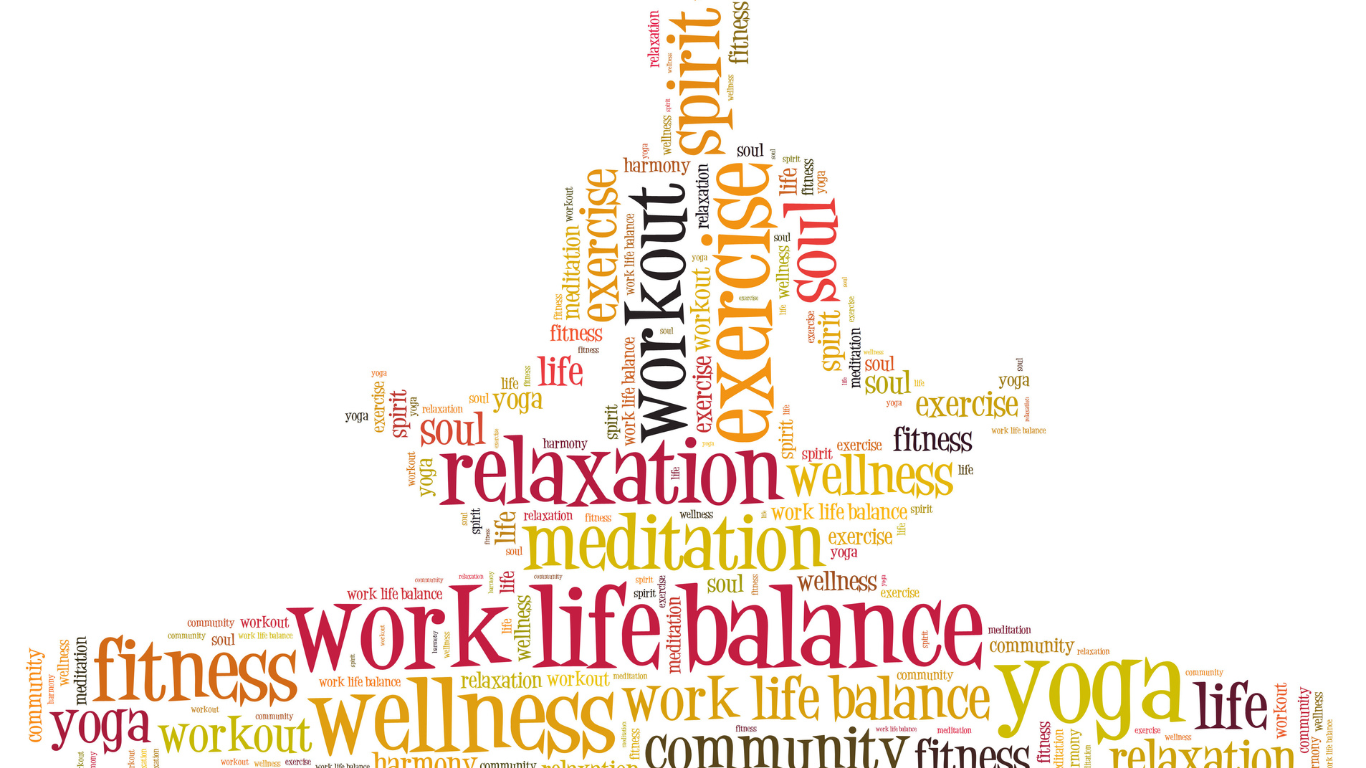
You may be familiar with life planning as it pertains to the end of your life here on Earth. You draft a will and decide that your china collection goes to your daughter or son. We want to differentiate that from life planning, which is a plan for your life. It entails what you want your life to look like and how you are going to accomplish your vision.
Many of us set goals related to promotions or working until we are 67 ½ and then retiring. It’s easier to achieve a goal of $1 million in our bank account than it is to envision a better relationship with our partner or leave a legacy.
Around 22% of people have end-of-life plans. Around ⅓ of people have life plans. Some of us make plans for exercise, healthy eating, and our career aspirations, yet life planning is so much more. It’s been compared to a personal compass.
Of those who create and work toward their life plans, there is more focus and commitment. Among the benefits of a solid plan are:
- Helps you direct your energy and resources toward specific objectives.
- Prioritize your tasks and goals based on their importance and urgency.
- Allocates time for various activities and tasks, including work, leisure, and self-improvement.
- Motivates by visualizing your goals and the steps needed to achieve them.
- Creates accountability when you share your goals with others.
- Allows for flexibility when life is unpredictable.
It’s time for you to Take Control.








